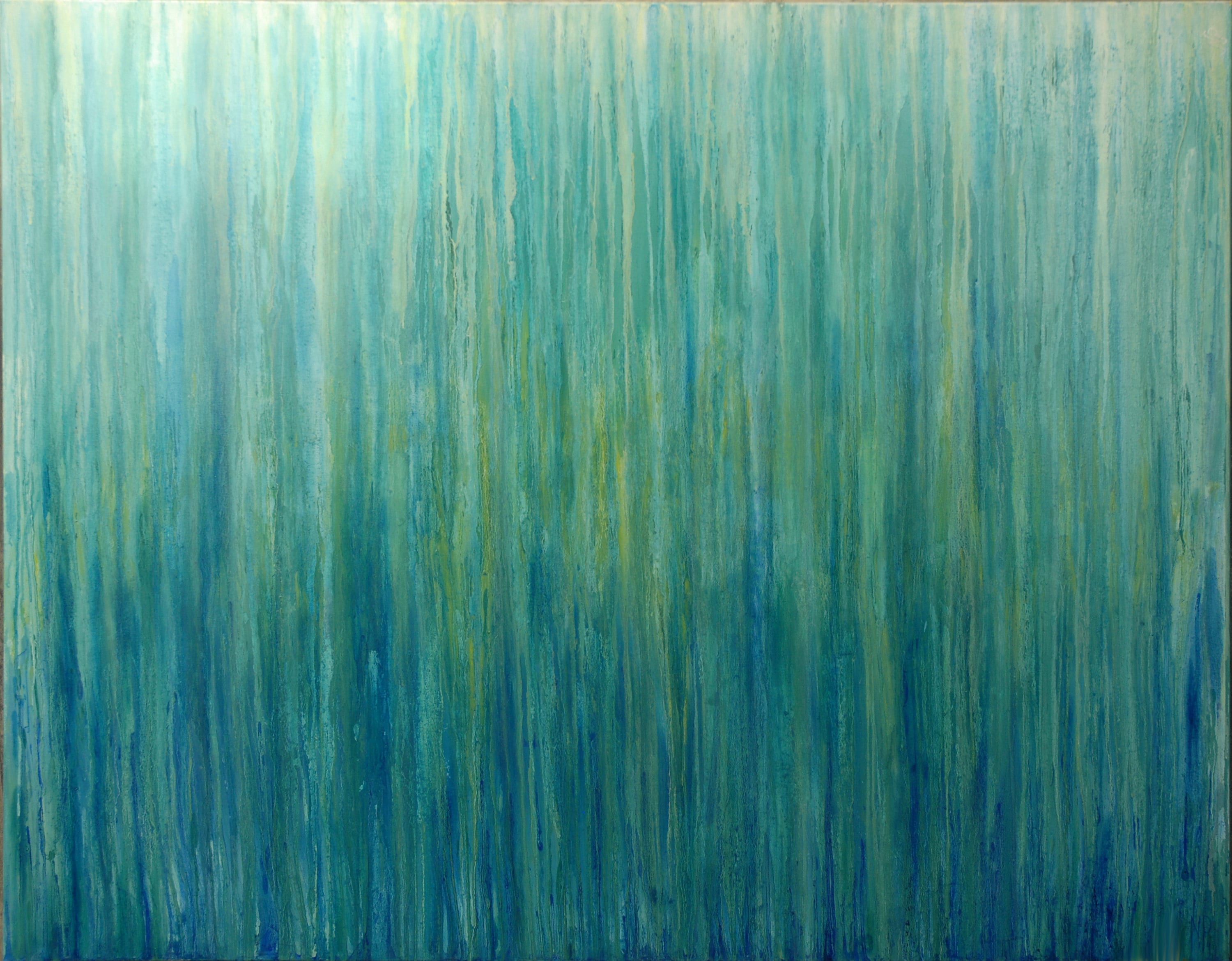
Together with other geometric abstractions associated Russian Constructivism, but also with the Bauhaus school, De Stijl movement, a new way of looking and understanding art was ushered, one without a personal touch, experience or expression, one entirely dedicated to the purity of form. Of course, when we are speaking of this particular style, we cannot not mention Kazimir Malevich’s revolutionary “Black Square” from 1915, which famously depicted exactly that - a precise square of black paint against a white background.

Some critics go even further back in history, to the first Incoherent arts exhibition in Paris in 1882, which showed an entirely black painting by poet Paul Billhaud, and then to the subsequent showcases as well, which also featured what can now be considered predecessors to Monochromatic painting. The History of the Minimalist Art MovementĪlthough its official beginnings are tied to the United States (New York in particular) and the 1960s, the roots of Minimalist art can be found in artworks created during the early 1900s in Europe. Sol LeWitt, White Cubes in Frankfurt, 1991 Discover more about abstract art by reading our article about " Colour in Abstract Art". Working primarily with painting and sculpture and using mass-produced industrial materials, Minimalist artists gave their work “a completely literal presence”, as the exact opposite of the trending artistic currents of their time. Minimalism is also often described as radical, slightly aggressive and quite literal, relying on clean, straightforward structure and colors to achieve an image that simply is what it is. Belonging to the vast and highly influential field of Abstract art, it is designed to promote simplicity and substance of form, void of any symbolism, meaning, narrative, metaphors, emotion. Spanning visual arts, architecture, design but also music, Minimalist art - also known as ABC art, Object art, Cool Art, Literalist art, Primary Structure art - by definition encompasses works that are stripped down to their essence, both aesthetically and in meaning. But in order to offer a satisfying Minimalist Art definition, we must first delve into the circumstances and the visions of its creation, and examine the work of those who turned this exciting movement into a force, a revolution, a lifestyle.
#ABSTRACT MINIMALIST ARTISTS FULL#
Take a glance to our area ArtPills to find more informations about your favourite artistic movements.ĭirect yet simplistic, it brought together those who thought art should only be a reference to itself, at a time when a chaotic kind of abstraction was in full bloom. They were often faced with artworks that demanded a physical as well as a visual response.“What you see is what you see.” “Less is more.” “It is what it is and it ain’t nothing else.” These are only some of the quotes describing Minimalist art, used by its own proponents such as Frank Stella, Ludwig Mies van der Rohe, and Dan Flavin respectively.

Viewers also were led to experience qualities of weight, height, gravity, agility or even the appearance of light as a material presence. The use of prefabricated industrial materials and simple, often repeated geometric forms together with the emphasis placed on the physical space occupied by the artwork led to some works that forced the viewer to confront the arrangement and scale of the forms. They called for simple, three-dimensional, geometric forms that were stripped of any illusionism, iconography, or personal expression and made using industrial processes and materials like plywood, aluminum, and plastic. Minimalists created works that resembled factory-built commodities and upended traditional definitions of art whose meaning was tied to a narrative or to the artist.

Painters and sculptors began to avoid overt symbolism and emotional content, instead calling attention to the materiality of the works. The new art favoured the cool over the "dramatic": their sculptures were frequently fabricated from industrial materials and emphasised anonymity over the expressive excess of Abstract Expressionism. A wave of new influences and rediscovered styles led younger artists to question conventional boundaries between various media. Minimalism emerged in New York in the early 1960s among artists who were self-consciously renouncing recent art they thought had become stale and academic.


 0 kommentar(er)
0 kommentar(er)
